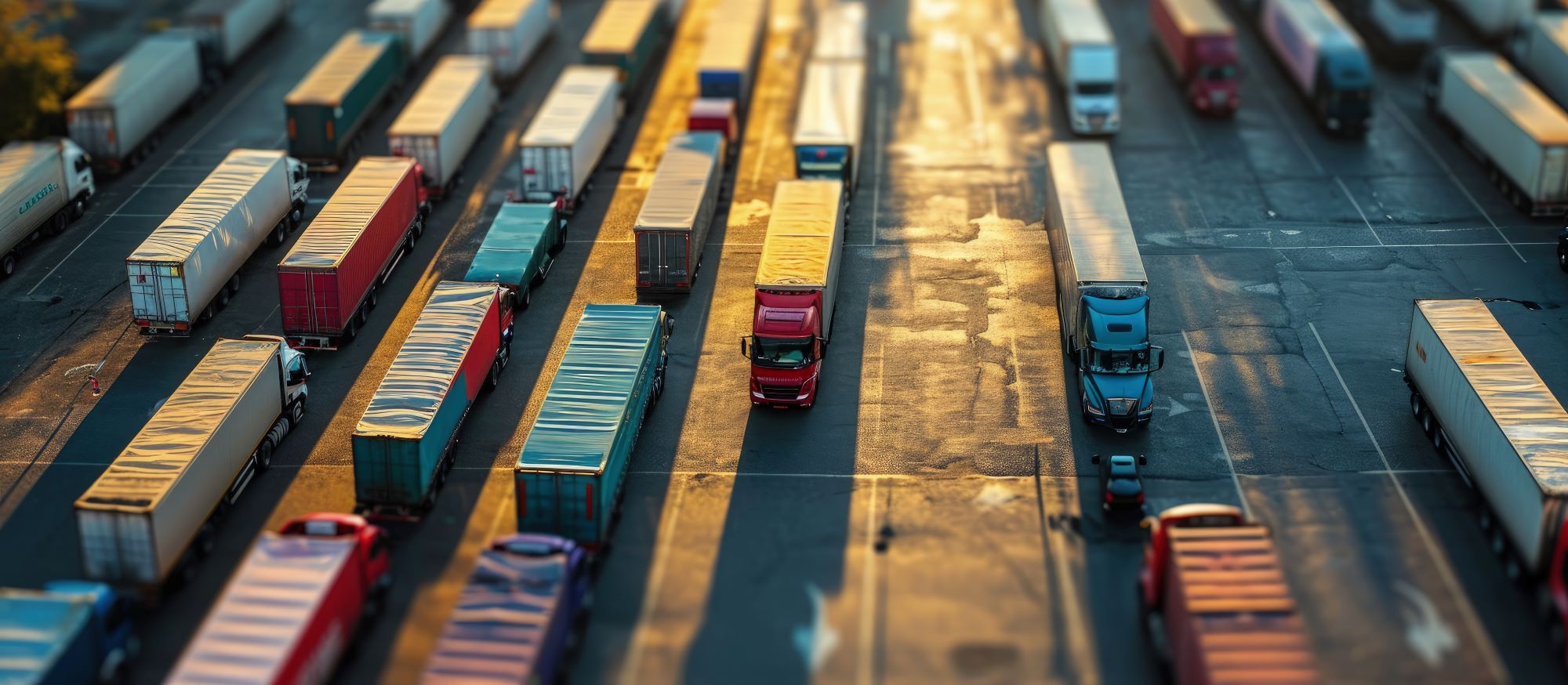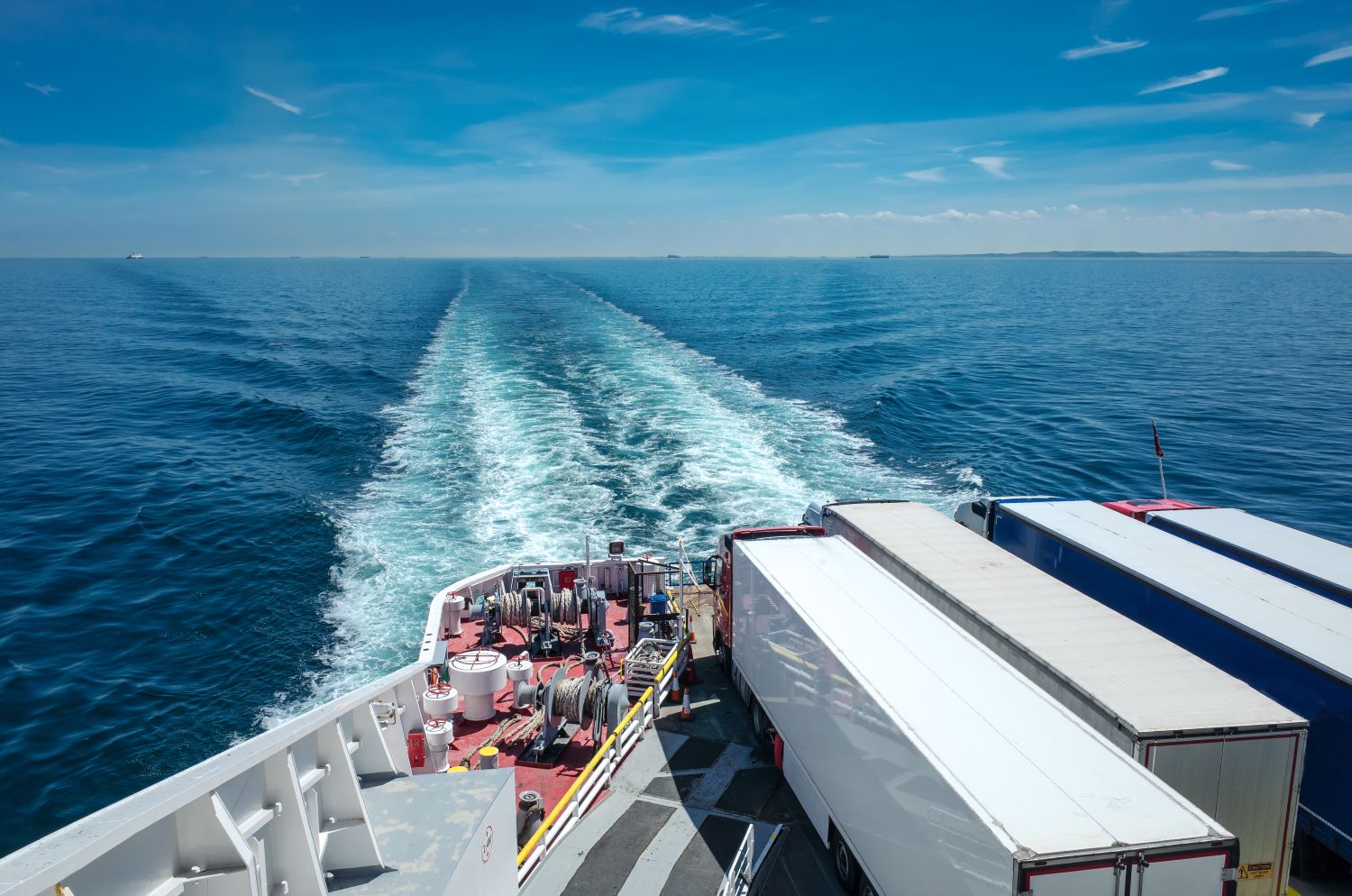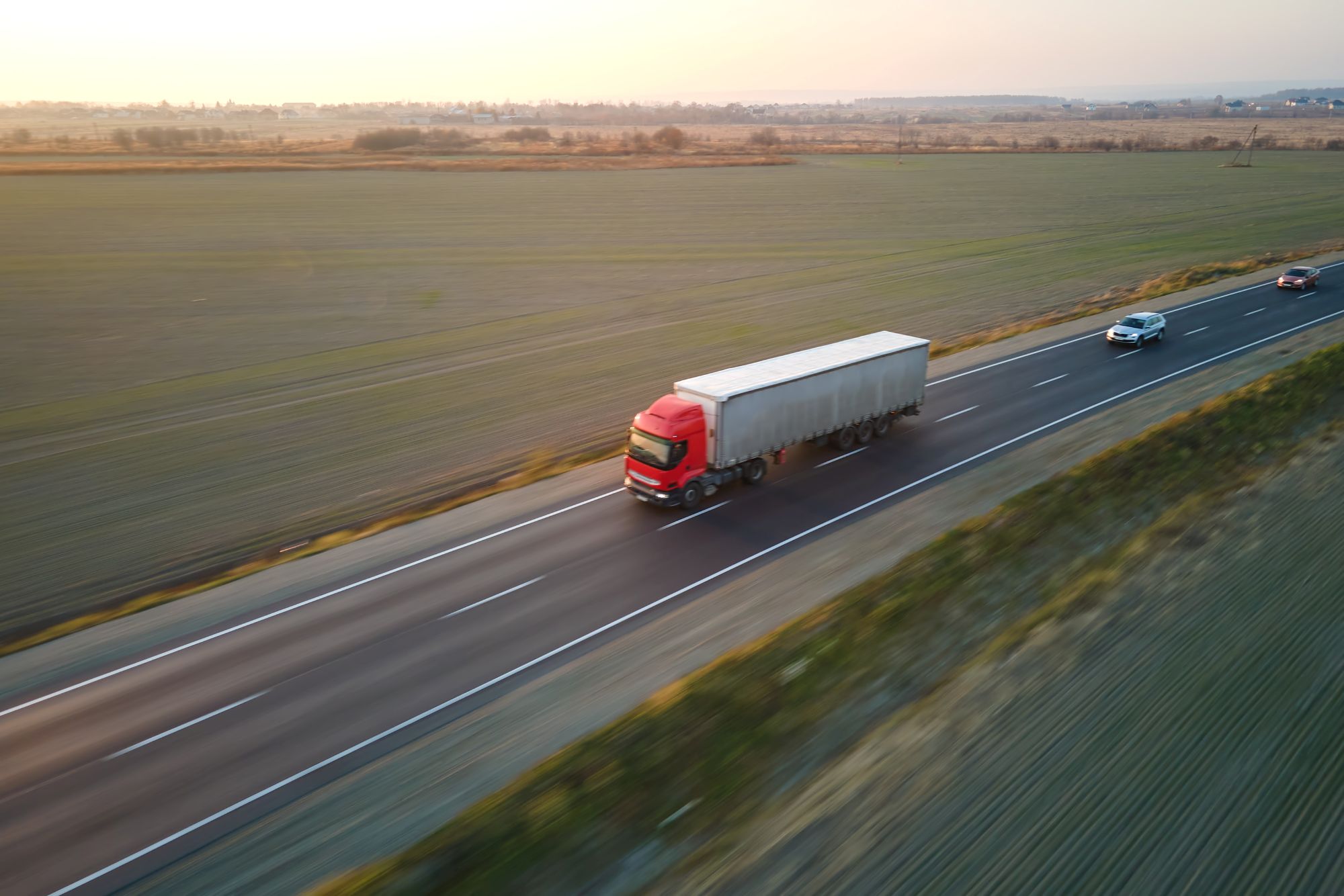
Susie Jones
Všetko, čo potrebujete vedieť o systéme vstupu/výstupu z EÚ
Vytvorené: 14. 10. 2024
•
Aktualizované: 14. 10. 2024
EÚ zavedie systém vstupu/výstupu (EES), ktorého spustenie bolo naplánované na november, ale kvôli obavám bolo odložené. Systém EES zmení požiadavky na britských občanov cestujúcich do schengenského priestoru - každý, kto má britský pas, bude musieť zaregistrovať biometrické údaje, ako sú odtlačky prstov alebo fotografia. Systém EES nahradí manuálne pečiatkovanie pasov pri vstupe do EÚ. Zhrnuli sme všetko, čo potrebujete vedieť pred touto zmenou.
Čo vyžaduje systém EES od cestujúcich?
Každá krajina, ktorá používa systém EES, bude od cestujúcich vyžadovať tieto informácie:
Miesto vstupu a výstupu
Dátum vstupu a výstupu
Cestovné doklady.
Aké sú výhody?
Systém EES má tieto výhody:
Modernizuje správu vonkajších hraníc EÚ, čím zlepšuje skúsenosti cestujúcich.
Systém EES bojuje proti podvodom s identitou zhromažďovaním biometrických údajov.
Dokáže identifikovať osoby, ktoré prekročili povolenú dĺžku pobytu, a spoľahlivo poskytuje údaje o vstupoch, výstupoch a odmietnutiach.
Zlepšené hraničné kontroly, elektronické záznamy a biometrické údaje posilnia bezpečnosť v rámci EÚ.
Poskytuje zdieľanie informácií v reálnom čase, čo umožňuje hraničným orgánom v celej EÚ vidieť správne informácie v správnom čase.
Aké sú obavy?
Z dlhodobého hľadiska nový systém EES zefektívni prevádzku a prinesie výhody cestujúcim z krajín mimo EÚ. Nový systém však vyvoláva niekoľko obáv:
Najmenej tri krajiny EÚ nie sú na spustenie plne pripravené.
Niektoré krajiny nemusia byť schopné zaviesť pokročilý biometrický systém.
V prístave Dover - jednom z najrušnejších priechodov v Spojenom kráľovstve - sa systém riadne neotestoval.
Prvotné spustenie by mohlo spôsobiť zvýšené zdržanie na hraničných priechodoch.
Ďalšie odklady oficiálneho spustenia systému EES by mohli odstrániť viaceré z týchto obáv.
Prevádzkovatelia nákladných vozidiel v Spojenom kráľovstve vyjadrili obavy v súvislosti s obmedzením 90 dní zo 180 dní cestovania v rámci schengenského priestoru - zachovanie pravidelnej obchodnej činnosti v rámci EÚ by mohlo byť náročné. Spoločnosti s vozovým parkom s vodičmi z krajín mimo EÚ by mohli v prípade prekročenia limitu čeliť obmedzeniam cestovania alebo pokutám.
Ako sa môžu vozové parky a vodiči pripraviť?
Vozové parky a vodiči sa na nový systém môžu pripraviť len veľmi ťažko - väčšina z nich sa bude pripravovať osobne v prístave. Vozové parky a vodiči však môžu prijať nasledujúce opatrenia na zabezpečenie hladkého prechodu:
Pri rezervácii cesty sa uistite, že máte všetky potrebné informácie ešte pred cestou do prístavu.
Vedieť, čo môžete očakávať po príchode - praktické rozdiely znamenajú, že proces sa na rôznych miestach líši.
Nechajte si dostatok času na vybavenie formalít pred cestou, najmä ak cestujete blízko dátumu začiatku cesty.

Ktoré krajiny budú používať systém EES?
Systém EES budú používať tieto krajiny:
Belgicko, Bulharsko, Česko, Dánsko, Estónsko, Fínsko, Francúzsko, Grécko, Holandsko, Chorvátsko, Island, Litva, Lotyšsko, Lichtenštajnsko, Luxembursko, Maďarsko, Malta, Nemecko, Nórsko, Poľsko, Portugalsko, Rakúsko, Rumunsko, Slovensko, Slovinsko, Španielsko, Švajčiarsko, Švédsko, Taliansko.
Kedy sa neuplatňuje systém EES?
Z nového systému EES existuje niekoľko výnimiek:
Štátni príslušníci krajín používajúcich systém EES (vrátane Cypru a Írska).
Štátni príslušníci tretích krajín, ktorí sú v priamom príbuzenskom vzťahu s občanom EÚ. Musia mať pobytový preukaz.
Každý štátny príslušník krajiny mimo EÚ, ktorý je držiteľom pobytovej karty alebo povolenia na pobyt v priamom príbuzenskom vzťahu s občanom krajiny mimo EÚ, môže cestovať po Európe ako občan EÚ.
Občania s povolením na pobyt alebo dlhodobým vízom.
Štátni príslušníci Andorry, Monaka a San Marína.
Osoby s pasom vydaným Mestským štátom Vatikán alebo Svätou stolicou.
Osoby oslobodené od hraničných kontrol (napríklad hlavy štátov alebo cezhraniční pracovníci).
Občania s platným povolením na malý pohraničný styk.
Posádka osobných a nákladných vlakov na medzinárodných prípojných cestách.
Každý, kto nie je povinný prekračovať vonkajšie hranice výlučne na hraničných priechodoch počas stanovených otváracích hodín.
Čo ak neposkytnem svoje údaje?
Ak neposkytnete požadované osobné údaje, bude vám odopretý vstup do krajín EÚ, ktoré používajú systém EES. Pre flotilové spoločnosti to môže mať za následok stratu príjmov, ak ich vodiči neposkytnú príslušné informácie.
Potrebujem biometrický pas s novým systémom EES?
V rámci nového systému EES sú akceptované biometrické aj nebiometrické pasy. Automatizované systémy na prekročenie hranice vyžadujú biometrický pas.



